We see birds all around us — at the park, along the streets and highways, and in our backyards. And yet, they aren’t like other wild creatures we see in our neighborhoods. For many communities in South Texas and in Mexico, birds have a much deeper connection to their culture.
For instance, when you see a Northern Cardinal sitting on a tree branch or on your backyard fence, you may hear from your abuela or abuelo that the bird is a loved one who has passed. You may think it’s a parent or grandparent paying a visit, letting you know everything is going to be alright. While it’s unknown what the origin of this belief is, it’s very popular in several communities especially for those who grew up in San Antonio.
Building a bridge between these kinds of cultural connections and the science of avian conservation was the goal of the Urban Bird Project when it launched more than three years ago. This interdisciplinary project integrates avian ecology, Mexican-American studies, and indigenous studies through a community science program about local, migratory, and culturally significant birds and their environments.
“We came up with the Urban Bird Project to address some of the missing gaps in promoting STEAM learning and nature engagement through those different disciplines with a focus on minoritized communities who traditionally are excluded from certain learning opportunities,” says Jennifer Smith, assistant professor in integrative biology.
The project engages SAISD and UTSA students, and residents from the San Antonio community, to conduct research in community science—an approach that integrates humanities and science through community-based research that elevates local experts and multiple ways of engaging with nature.

COMMUNITY SCIENCE IN SAN ANTONIO'S NEIGHBORHOODS
Jennifer Smith and Lauren Granger work with San Antonio community members to collect data for the bird feeding community science project. Photos Courtesy of the Urban Bird Project
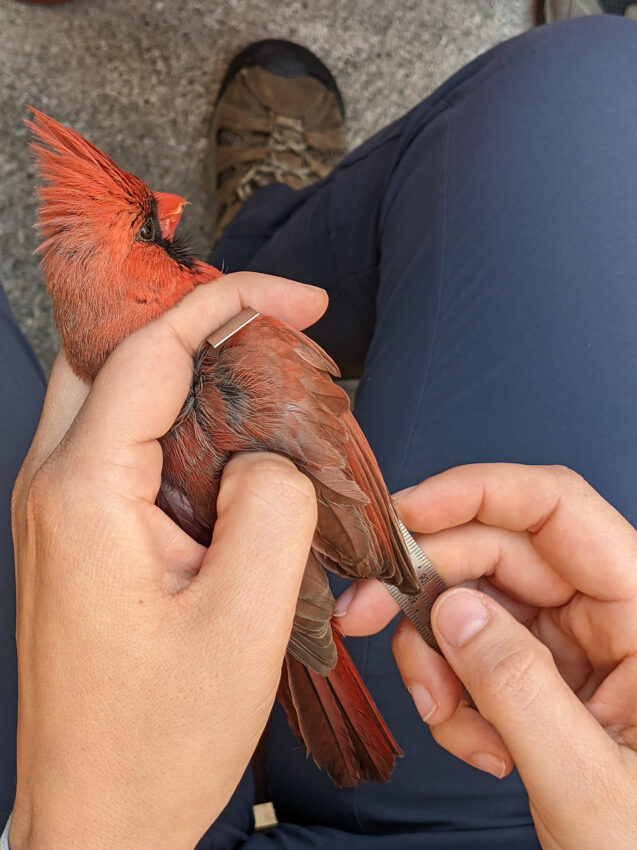
Connecting underserved community members to nature was a key goal of the Urban Bird Project, and since backyard bird feeding has taken off as a popular pastime, the interdisciplinary team saw a perfect opportunity to work with people right where they live.
“We were interested in finding out whether backyard bird feeding affects the movements of common backyard birds, specifically Northern cardinals and Northern mockingbirds,” says Smith.
Smith and Lauren Granger, an integrative biology master’s student in UTSA’s Smith Wildlife Lab, took to the same neighborhoods where the Urban Bird Project was already engaging children in an afterschool community science club at neighborhood public schools.
“Recruitment was done through canvassing the neighborhoods,” Granger says. “It was a lot of knocking on people’s doors and informing them about the project.”
Granger worked with the residents to safely capture the birds who had established territories for the breeding season in the neighborhoods and placed Life Tags on them, which are small telemetry tags that record their movement. Seventeen northern cardinals and eight mockingbirds were tagged for the project.
Thirty-six residents each hosted a node in their backyards, and two sensor stations were located at the Young Women’s Leadership Academy and Woodlawn Academy. The sensor stations served as the main base stations, which communicated to the 36 nodes which collected movement data from the Life Tags.
During the experiment’s first phase, half of the sites fed the birds for 21 days, while the other half served as control sites with no feed. Then the team flipped the feeding and control sites for the next 21 days.
The preliminary data showed some unexpected results. Feeding the birds increased the presence of cardinals by 9% but decreased traffic for the mockingbirds by 17%.
“With this data we’re trying to understand the potential effects of backyard bird feeding, which a lot of residents partake in, and then we will give that data both to the community as well as to the students,” Granger says.
Smith adds that while the science of collecting data and discovering the effects of backyard feeding was important, the process of engaging with the community with the birds was equally valuable.
“It was such a pleasure to show them a bird up close that they’ve seen from afar at a feeder and see all of the different reactions,” says Granger.
WATCH THIS VIDEO: How a San Antonio artist teamed up with the Urban Bird Project.

BRIDGING CULTURE AND NATURE
As an early part of the project, UTSA launched the initiative “Seeding Success for Underrepresented Students” at schools in San Antonio ISD. Students at Woodlawn Academy, Longfellow Middle School, and the Young Women’s Leadership Academy were fully engaged in the cultural significance of birds in the Mexican and Indigenous cultures in addition to avian ecology.
The community science project was led by a cross-disciplinary team that included Smith with Amelia King-Kostelac, assistant professor of practice in integrative biology; Kenneth Walker, associate professor of English; and Claudia García-Louis, associate professor of educational leadership and policy studies.
“It’s a project that tries to combine nature and culture approaches.” Walker says. “This project tries to bring those things into a relationship to offer the students, us and our graduate students multiple pathways to care, protect and conserve the people, birds, land and the environment.”
While learning about the Mesoamerican codices and the cultural, political and economic significance of birds and feathers to Indigenous groups, exploring the students’ personal identity was also an important component of the project.
“What we were trying to do in the schools is make ancestral knowledge central to the students educational experiences,” García-Louis says. “We asked them to think about what is being shared within the family in terms of birds and how the information is passed down from grandparents to parents to children,” she continued. “It extends beyond just being in the classroom, but also recognizing their grandparents and their family members as traditional knowledge holders that pass on knowledge via oral traditions.”
One common narrative amongst the students they’ve heard from their families is the significance of the Cardinal.
“The story of the Cardinal is everyday knowledge in our memory, but it’s not everyday knowledge orally,” Urban Bird Project Graduate Mellon Fellow Carolina Hinojosa says. “When we came in as the Urban Bird Project, it allowed them to be in a place where they could remember that. Many of them said, ‘Oh yeah my grandma did say that’ or ‘my grandma told me the Blue jay was our relative, not the Cardinal.’ That was a new one we hadn’t heard.”
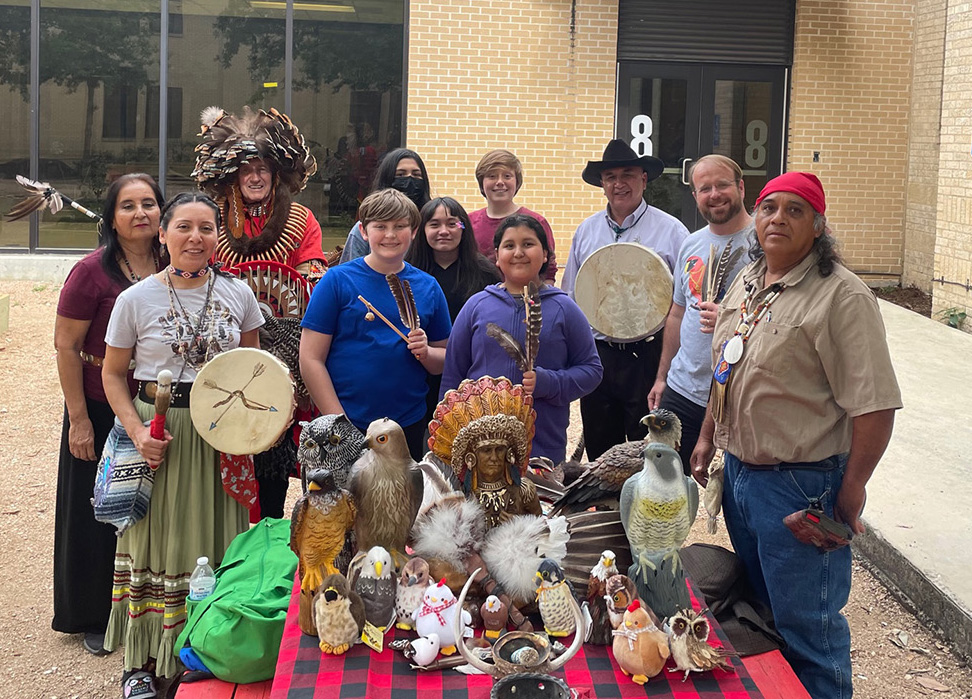
Students at the afterschool community science program at Woodlawn Academy are pictured with Lucy Chavarria (Lipan Apache), Eres Gomez (Lipan Apache), Milo Colton (Cherokee), Ricky Reyes (Yaqui/Kickapoo/Tasllacan/Alabama-Coushatta/ Apache-Commanche) and Rudy Perez (Lipan Apache). Photo Courtesy of Urban Bird Project

ENVIRONMENTAL JUSTICE THROUGH EDUCATION
WATCH THIS VIDEO: Indigenous community members perform blessing on students. Video footage courtesy of Urban Bird Project
Through a $1.5 million grant from the Mellon Foundation, the Urban Bird Project has expanded to a new UTSA course where students are working directly with the community on projects related to bird conservation and cultural connections.
The new project is bringing education, ecology, environmental studies, English and Mexican American Studies students together to tackle issues in the environment. Smith, King-Kostelac, Walker, García-Louis and Lilliana Saldaña, associate professor of Mexican American Studies are tag teaming for this new course.
“One of the things we really wanted the project to be is transdisciplinary in nature,” García-Louis said. “We wanted to make sure we brought in Mexican American Studies and Indigenous Studies as a core component of this. The course has really centered around making sure we’re all working together to deliver a class that engages history, access to environmental justice.”
Walker added, “I see a lot of consistency on what we did for the K-12 students and what we’re doing now with the university students. We’re still doing avian ecology and Mexican American Studies and Indigenious studies through community-based research. However, this new project also funds a lot of humanities and social science research.
It’s supporting a lot of graduate students in interdisciplinary research and multiple ways of engaging the natural world.”
Through this new project Walker said they expect to see a lot of humanities and educational research projects develop from the course’s graduate students. The students are exploring a variety of topics as part of their research projects, including the re-storying of birds, which looks into the history of various birds such as the Crested Caracara and how it’s represented in the Mesoamerican codices, glyphs and murals.
Others are examining the significance of the vulture and the Wild Turkey and their importance to indigenous groups.
“One of the things that’s been really rewarding is getting to see the students from these diverse backgrounds who are in the room learning together and seeing the projects that come out of it has been enormously rewarding,” King-Kostelac says. “You end up with knowledge and expertise that comes that wouldn’t happen in a single discipline study class.”
Walker added “I really hope something our students get is that you can be coming from different disciplines, but the emphasis on working with communities to solve real-world problems is a transdisciplinary space. You can access it from different areas, but ultimately, it’s bigger than you and all these problems are bigger than any discipline. I think they are beginning to see that.”
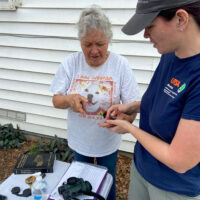
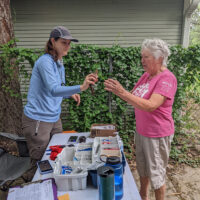
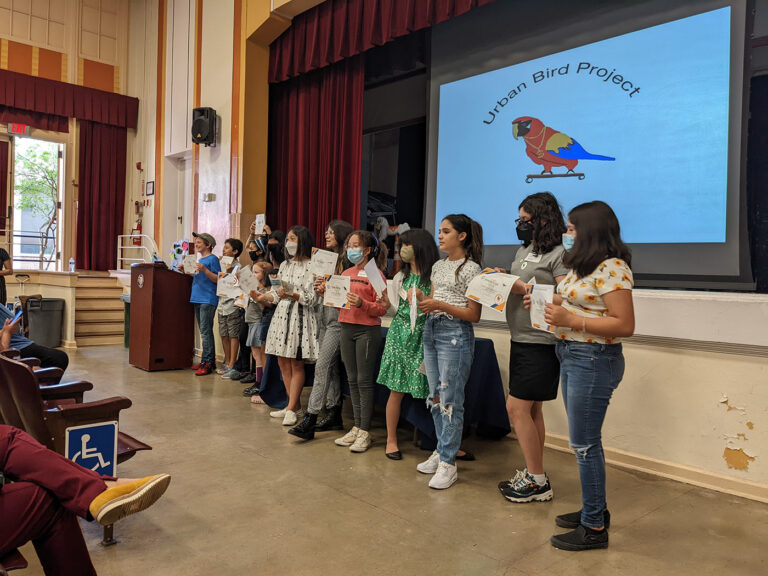
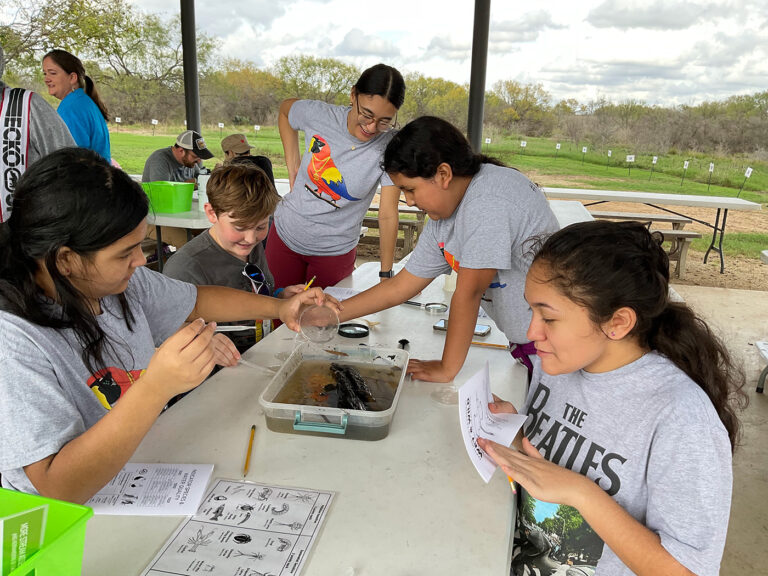
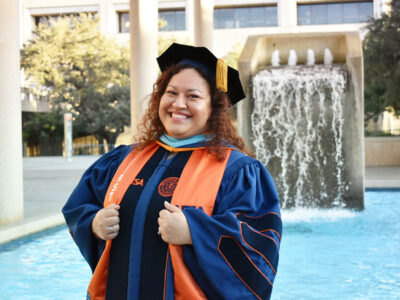
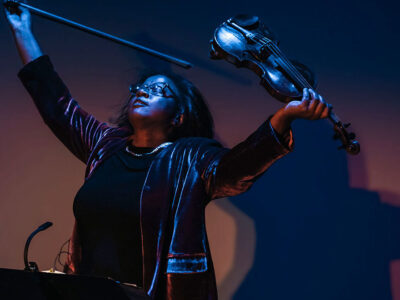
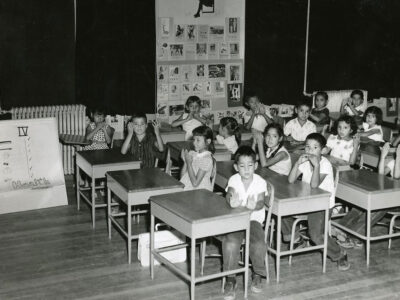
4 Comments
What a wonderful project! In some ways it is reminiscent of “ Braiding Sweetgrass” in that it combines science and knowledge gleaned from elders across generations.
Thank you so much for taking the time to read this wonderful research article. The Urban Bird group has done a wonderful job at incorporating the community.
Beautiful work!
Hi, Jess! Thanks for reading our article on the Urban Bird Project.